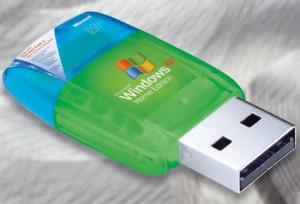Lewin Edwards presents five engineering tips that are crucially important to successful product engineering, but which are rarely brought up in discussions of engineering practices.
The Internet has exactly one and a half zillion articles (I counted them) containing lists of things to do and not to do in embedded systems design. Many of these articles focus on well-understood topics like switch debouncing and how to estimate maximum stack depth. Dozens of these articles quote our old favorites in terms of embedded disasters: Therac, Ariane, and the Mars Polar Lander. This article gives you a few choice tidbits of advice you won’t find mentioned quite so frequently in other places. It also includes some anecdotes that will show you just how easily your work life can turn into the inspiration for a Dilbert cartoon if you’re not careful.
Read more at IBM developerworks

